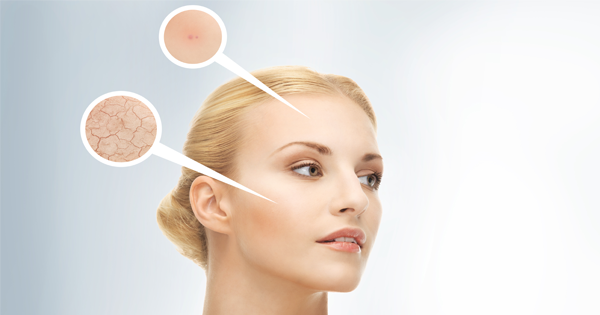If there's one skin problem everyone worries about as they get older, it's probably spider veins. No one wants those ugly blue and purple veins on their legs.
But if we just moisturize and massage our legs, we're safe from spider veins, right?
Sadly, it's not that simple.
There’s one other place they can pop up: your face.
Unlike those ugly blue and purple lines that can pop up on your legs, facial spider veins are usually red, and they’re mostly either dilated or busted capillaries on your cheeks.
Luis Navarro of the Vein Treatment Center told Women’s Health Magazine, “As the collagen starts to break down from the UV rays, the tissue becomes weak and the elasticity begins to stretch without springing back to normal.
“This weaker collagen results in decreased pressure surrounding our veins, which then makes them more visible through the skin.”
So what causes them, and what do we do about it?
UV rays are the biggest culprit, and you know what that means: time to slather on the sunscreen. Using SPF 30 whenever you know you’ll be exposed to sun—even if it’s direct sunlight through a window—is the best way to make sure you’re safe from those pesky spider veins.
There’s slightly worse news: any time your blood vessels experience heat, it’s possible those capillaries will dilate and make themselves known. It’s not just sun exposure, it’s spicy foods, or even hot showers.
Not to worry though! Even if you get them, they’re pretty treatable, and they rarely become a serious health problem.
The first step is to stop tanning. Why do you even still go tanning? It’s only going to mask those spider veins. Not only will they still be there, but you’re already putting yourself at risk for skin cancer, so why do it? ##MN_RESP##
Instead, if you see some pesky veins poking their way out on your cheeks, try covering them up with concealer or self-tanner.
If there are so many that you just can’t stand to look at them, seek help from a dermatologist. They’ll have several treatment options that can get rid of them for good.





